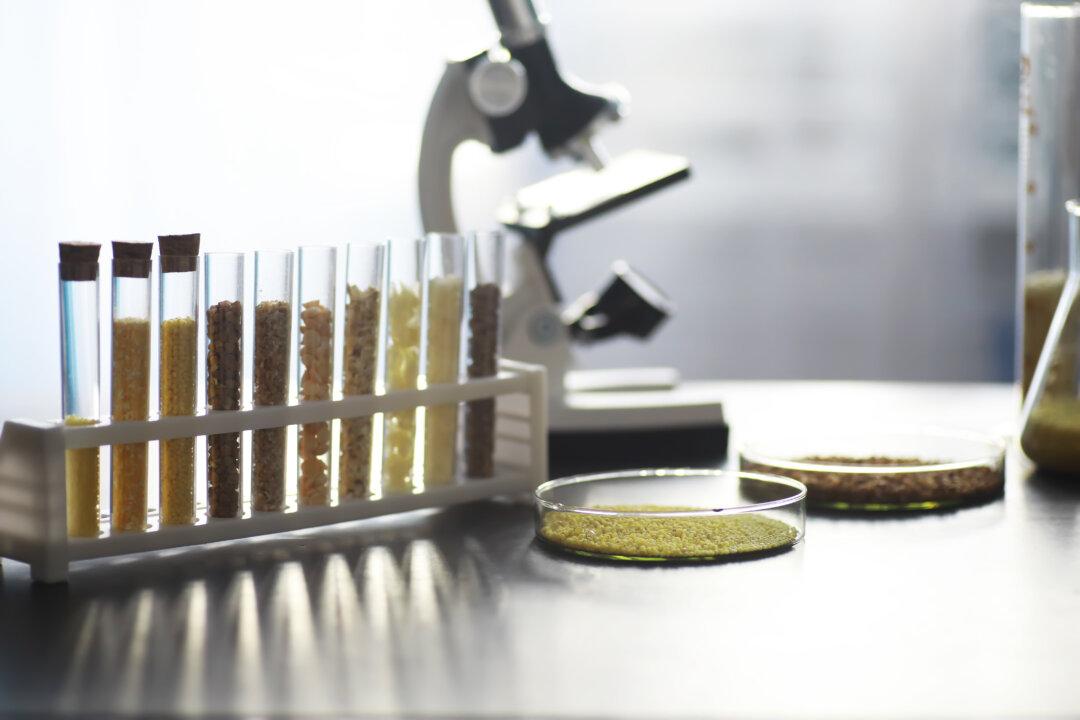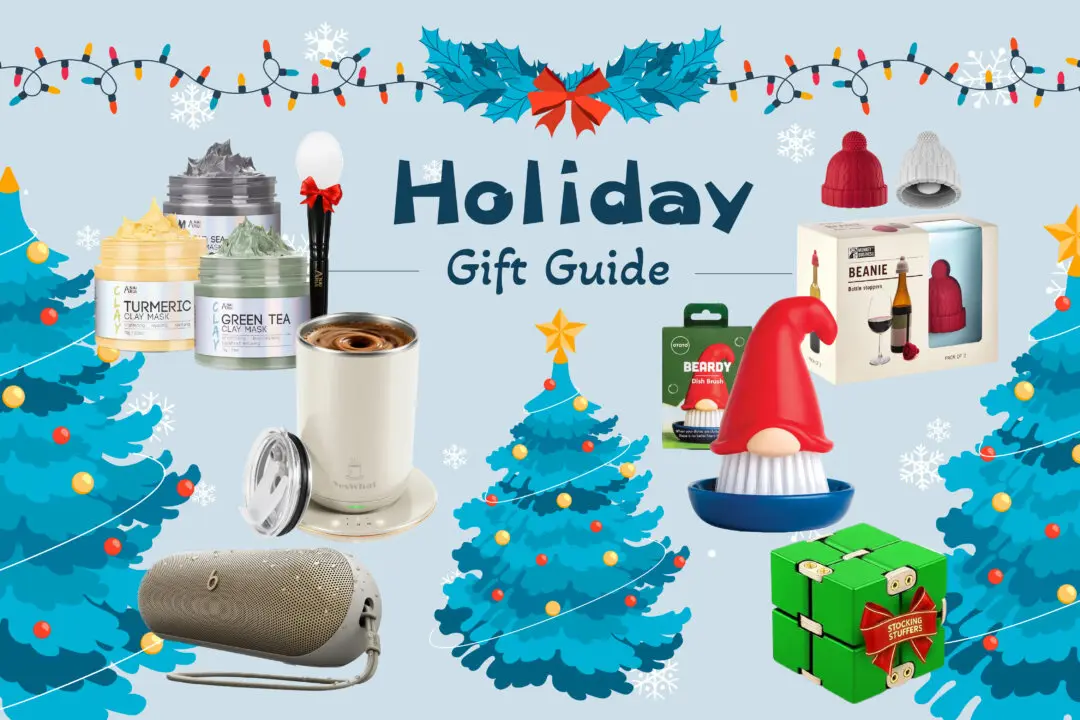What are Mycotoxins, and how do they form?
Mycotoxin is derived from the Greek word “mykes,” which means fungi, and the Latin word “toxicum,” which means poison. Mold is a common Fungi that grows on certain agricultural products before and after harvest.While some molds are safe (think blue cheese), others produce toxins that have the potential to cause serious health issues (think moldy bread).







